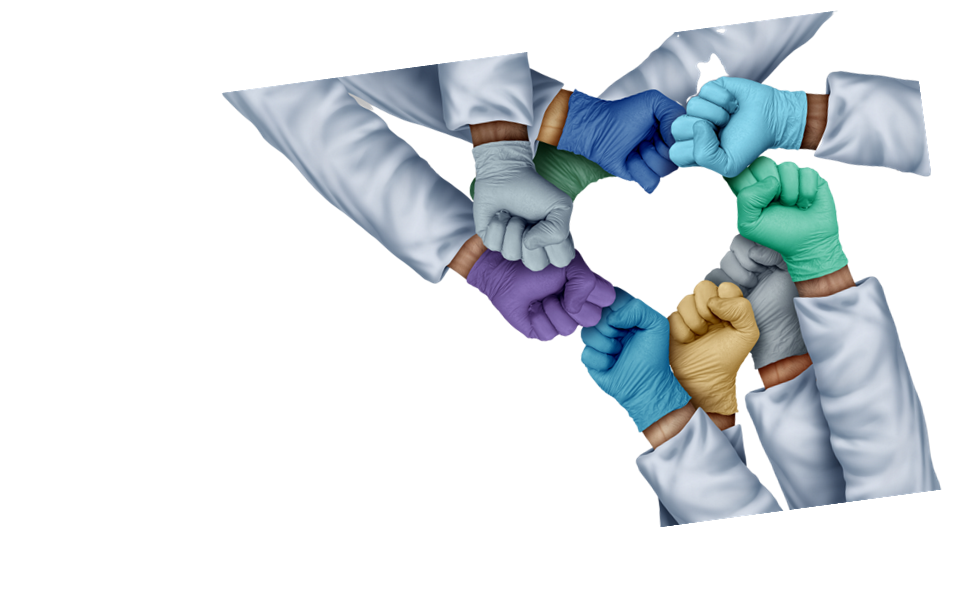
“Syringe license” and supplementary modules
The aim of the course is to get an overview of the most important and common examination methods and the various injection options and to be able to apply them in practice. The legal principles and fundamentals of pharmacology are also discussed (partly as an eLearning module) and what to do in an emergency.
Target groups
This examination and injection course is aimed at medical professionals (emergency services, medical, dental and veterinary staff, nursing homes, hospitals) as well as alternative practitioners (after passing the examination and being licensed).
Structure of the courses
Both the injection course and the examination course each consist of an e-learning area and up to five modules in face-to-face teaching.
Before attending the modules, the respective eLearning part must be completed with the corresponding verification questions, otherwise admission to the face-to-face training is not possible.
The modules do not have to be attended in any particular order - it is possible to attend just individual modules.
For the “syringe license” certificate, modules 1-4 of the injection course must be attended.
E-learning modules
You will receive personal access to our online learning platform. There we have stored learning modules for you that teach you the following topics:
- Basics on the subject of medication administration
- Basics of pharmacology
- Hygiene: basic measures and infection prophylaxis
- Anatomy of muscles and vessels
- drug science
- First aid in emergencies
- Nursing measures (for additional module)
- Module-specific information (will be activated when you register for the corresponding module)
Injection training course (“syringe license”)
Module 1
- Legal basis (summary)
- Basics of pharmacology
- Procedure in an emergency (first aid fresh-up) (including procedure for needle stick injuries)
Module 2
- Things worth knowing about subcutaneous and intramuscular injections / anatomy review
- Medication for this form of administration
- General withdrawal of medication
- Practical exercise
Module 3
- Procedure for blood collection
- Things worth knowing about intravenous injections
- Infusions (types, areas of application, special features of the containers)
- Practical exercise
Module 4
- Special feature of diabetes mellitus
- Laboratory tests and values: OGTT / BZ measurements / HbA1c
- Special features of the physical examination of DM patients
- BG sensors
- Practical exercise
Examination course and additional modules
Module 5
- Orthopedic examination methods (Ott, Schober, Lasègue, Bragard, Kernig sign, Menell, Trendelenburg-Duchenne sign, Lachmann, Payr, dancing patella, drawer test, Apley, Steinman sign, etc.)
- Practical exercise
Module 6
- Auscultation / percussion / palpation (IPPAP scheme)
- Collect vital signs (blood pressure, pulse, temperature, oxygen saturation)
- Apply an ECG / derive a 12-channel ECG (and what should I notice)
- Practical exercise
Module 7
- Examinations of the head and neck, nose and ears
- Examinations of the chest, lungs and heart
- Practical exercise
Module 8
- Abdominal examinations
- Examinations of the nervous system
- Practical exercise
Module 9
- Handling children and infants during examinations and injections
- Practical exercise
Nursing measures (additional module)
- percutaneous endoscopic gastrostomy (PEG tubes)
- Nasogastric tubes
- Tracheostomy (including emergencies)
- Ostomy care
- port supply
History taking
- Personal data
- Current medical history
- Personal history
- Vegetative history
- Psychosocial anamnesis
- Family history